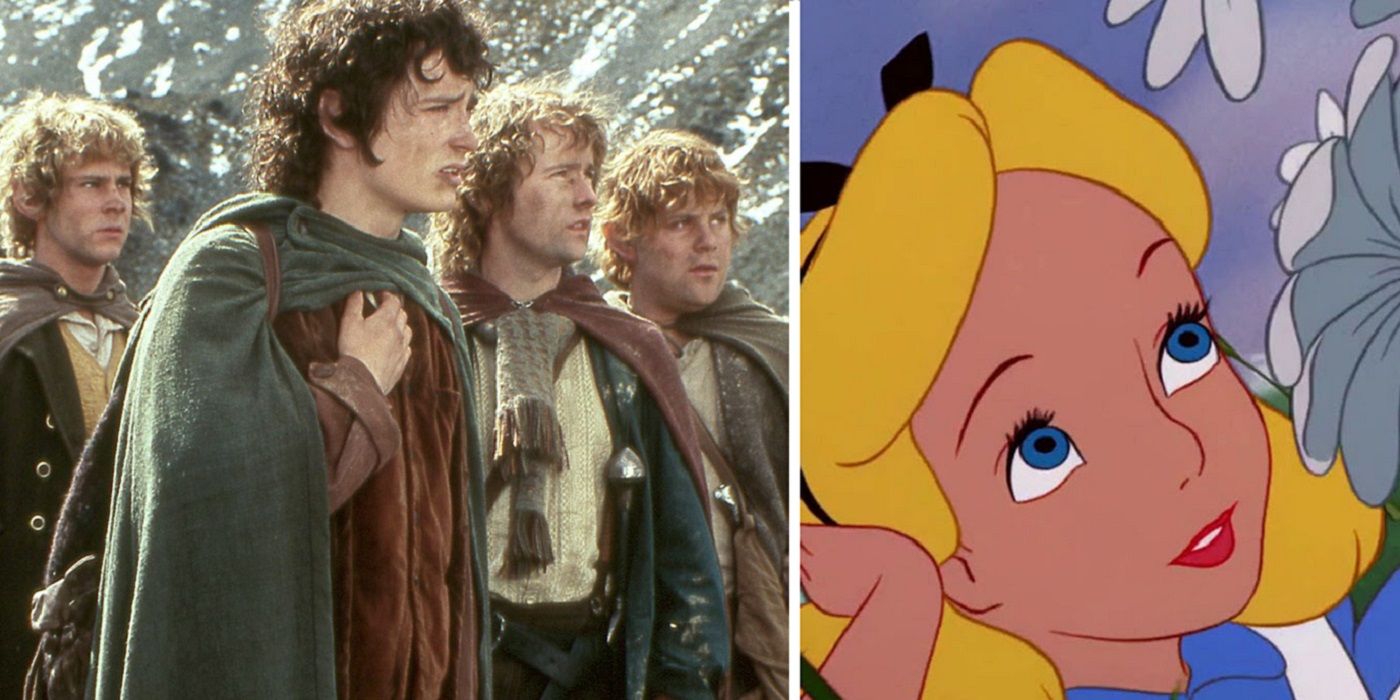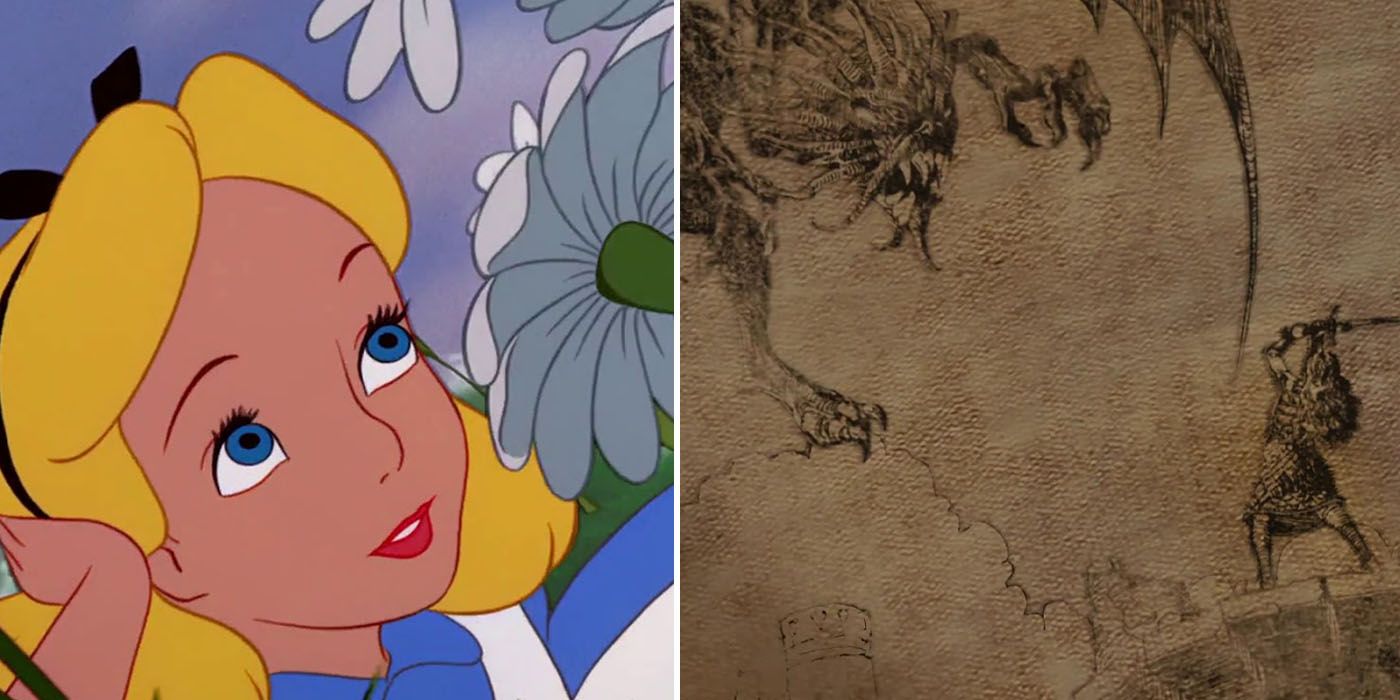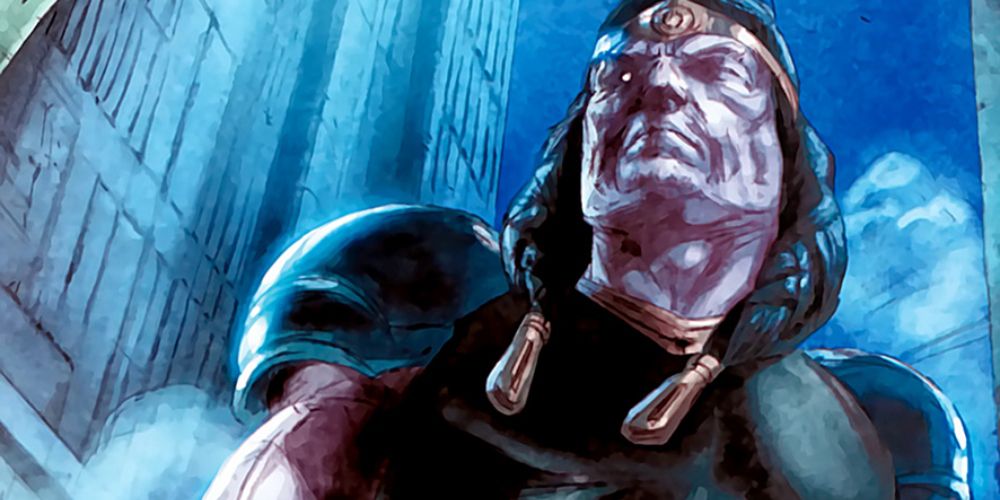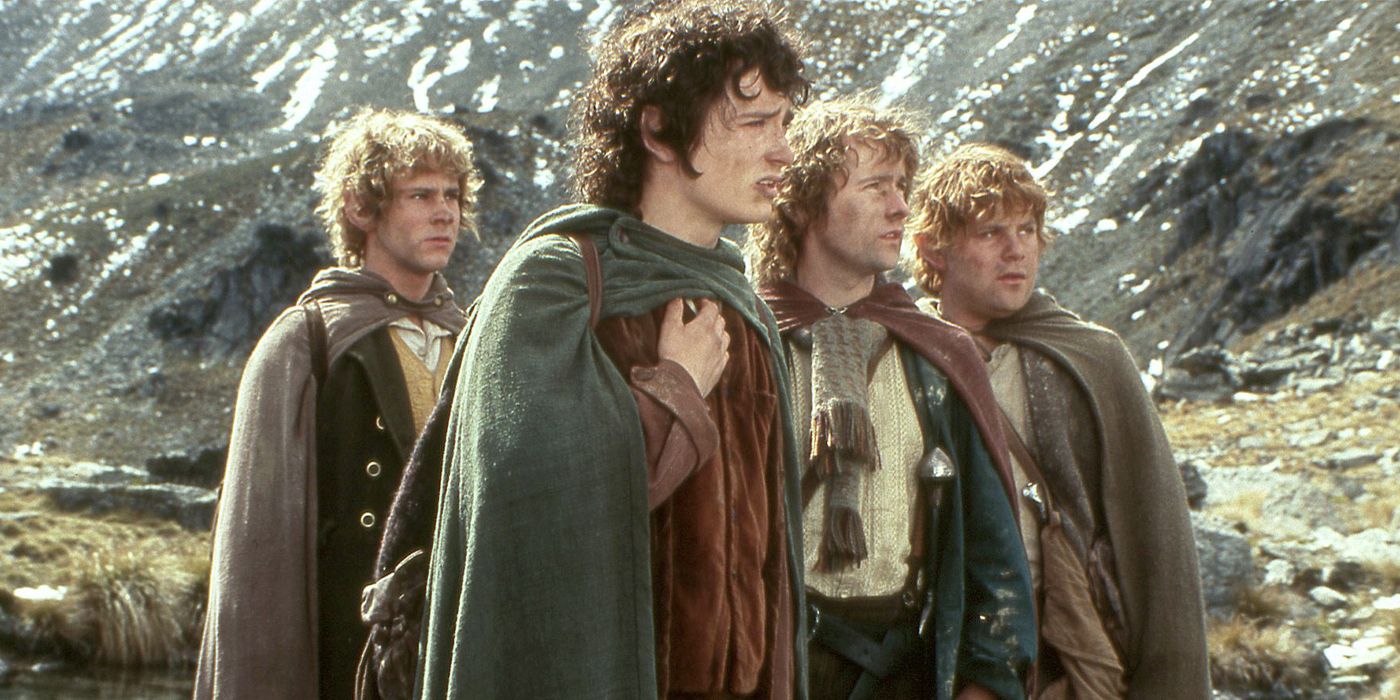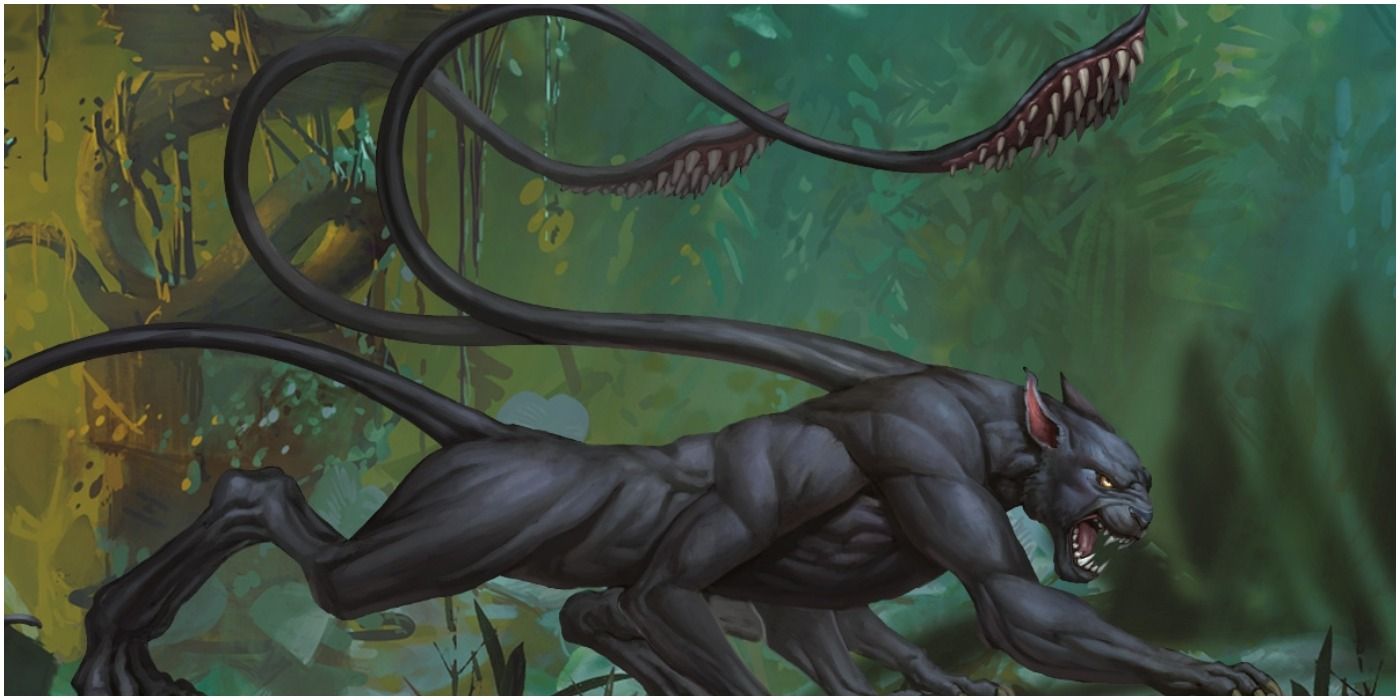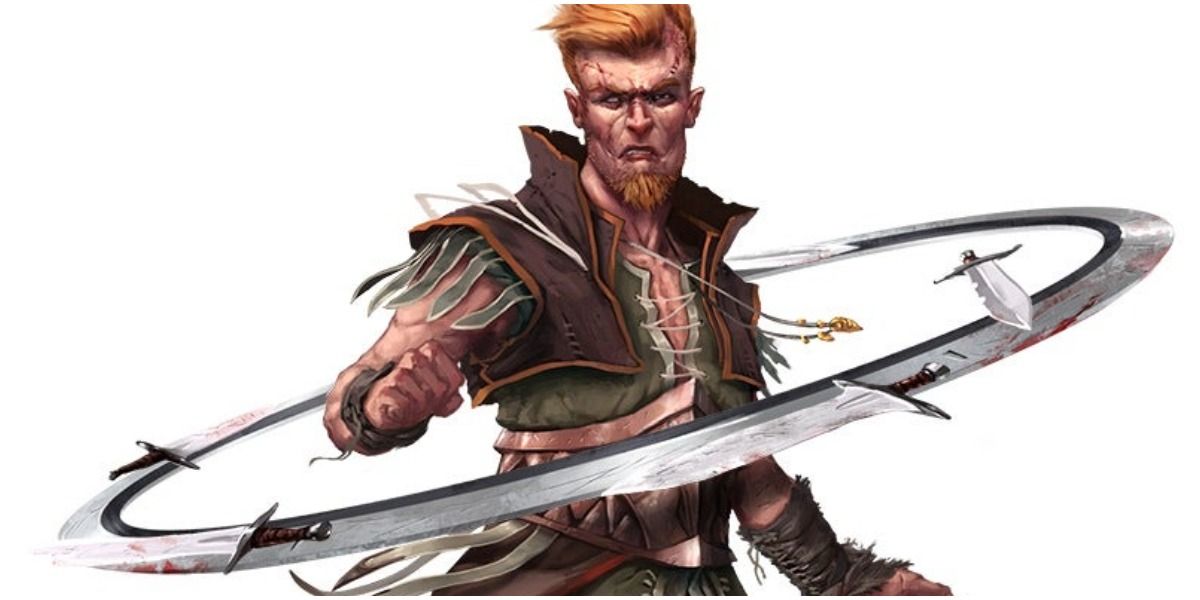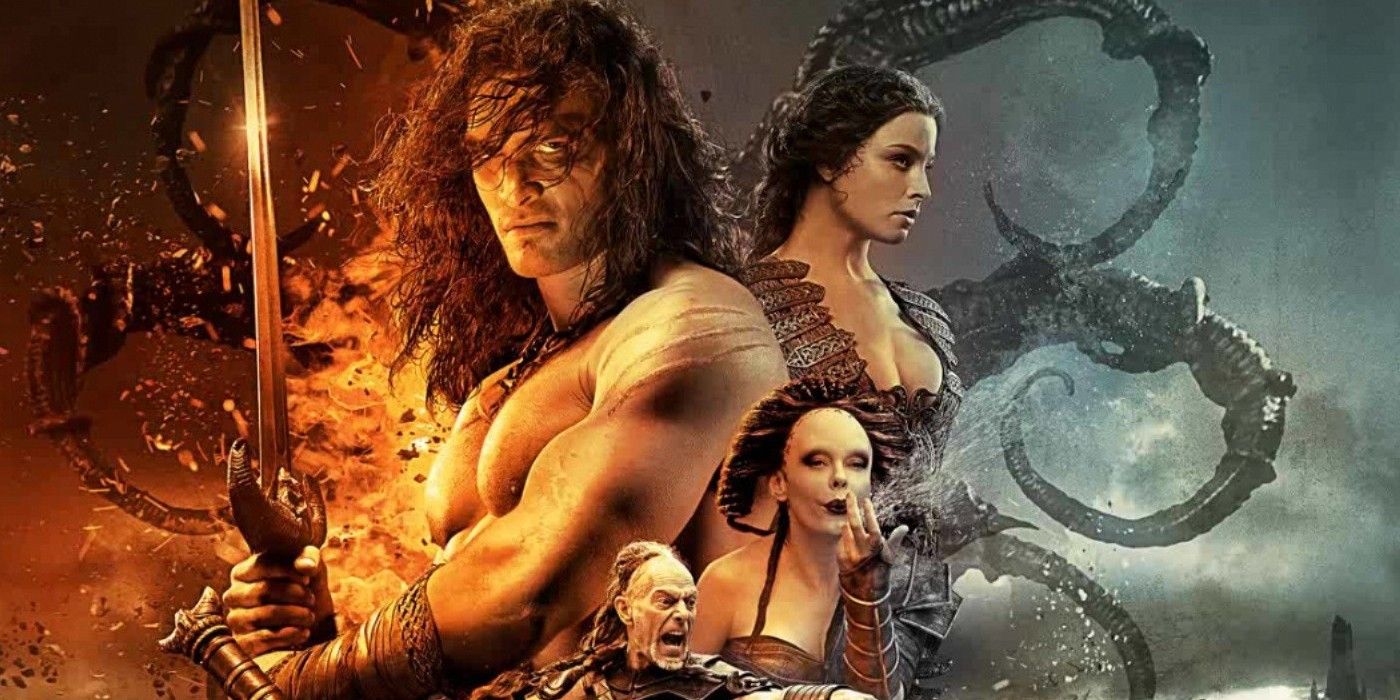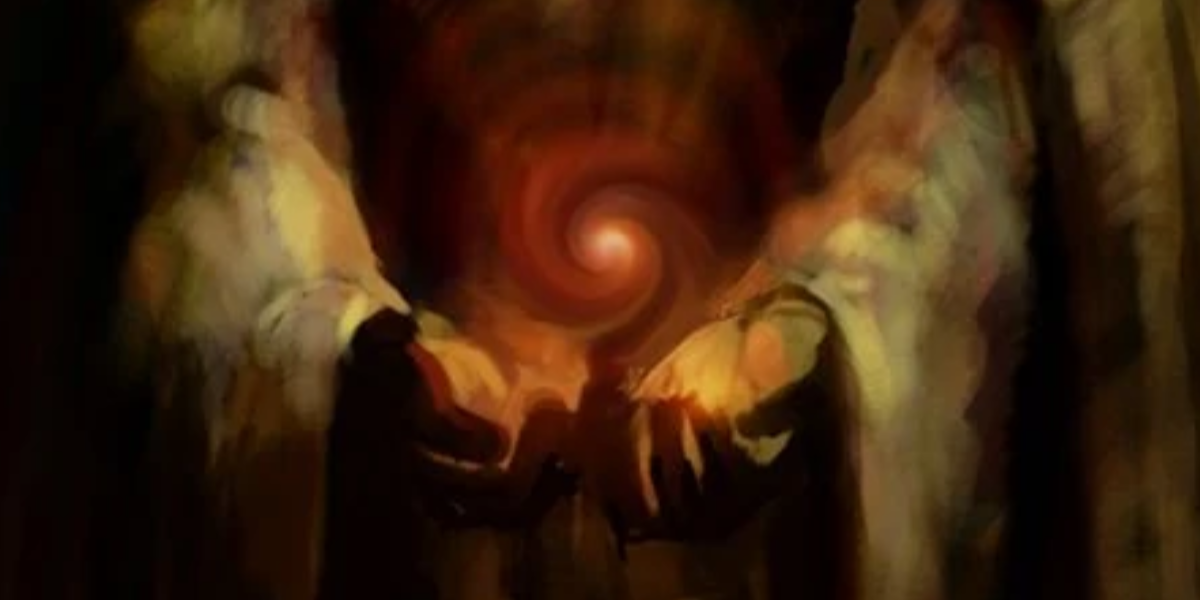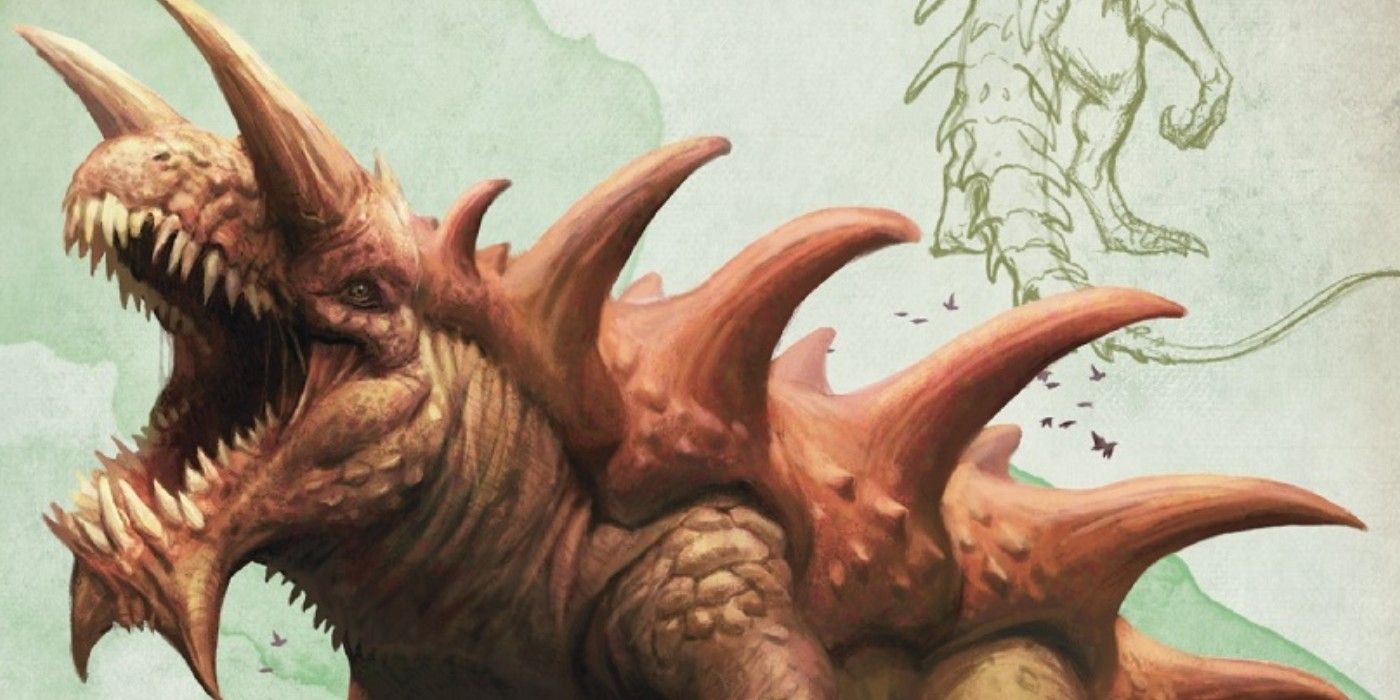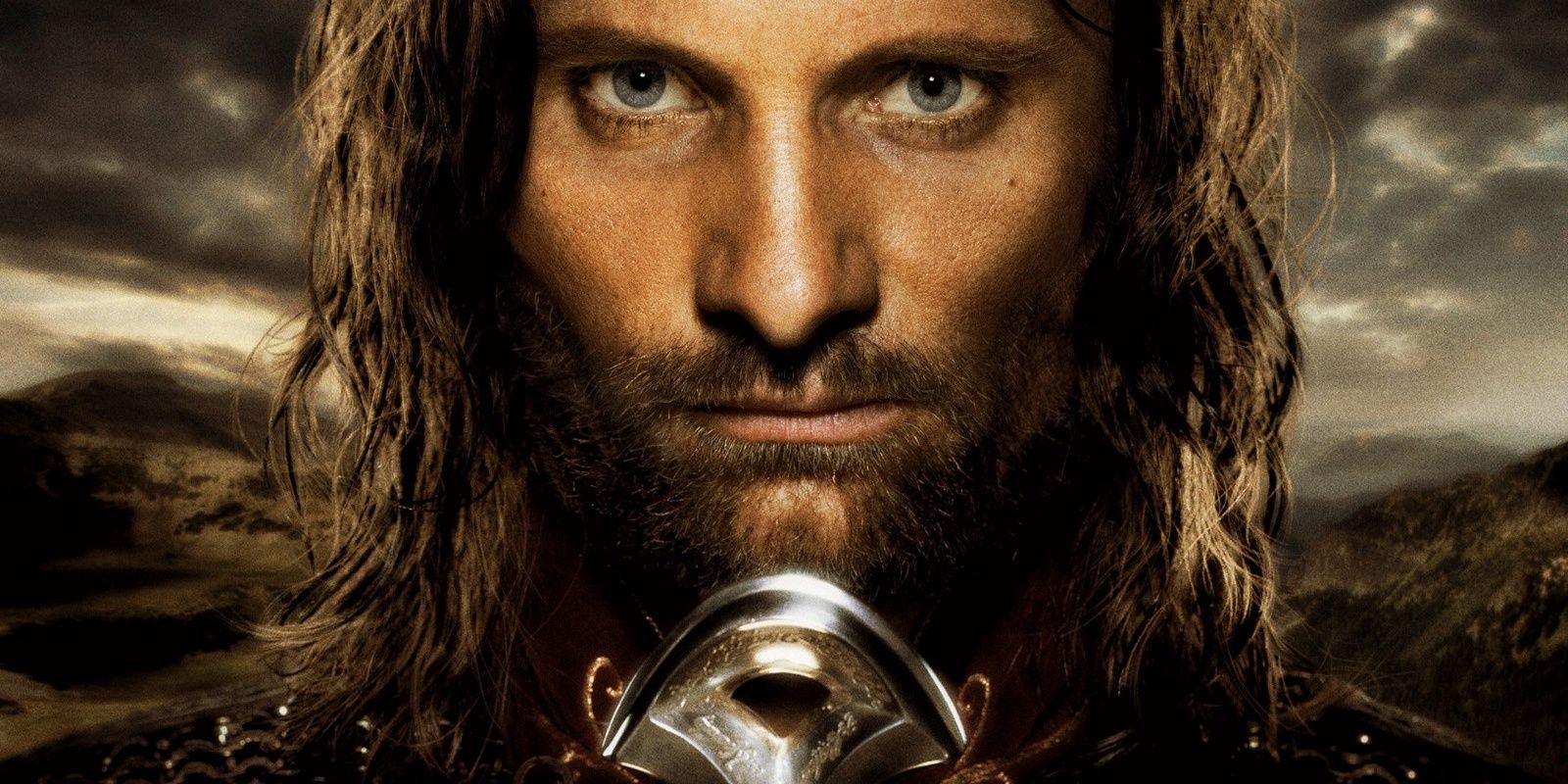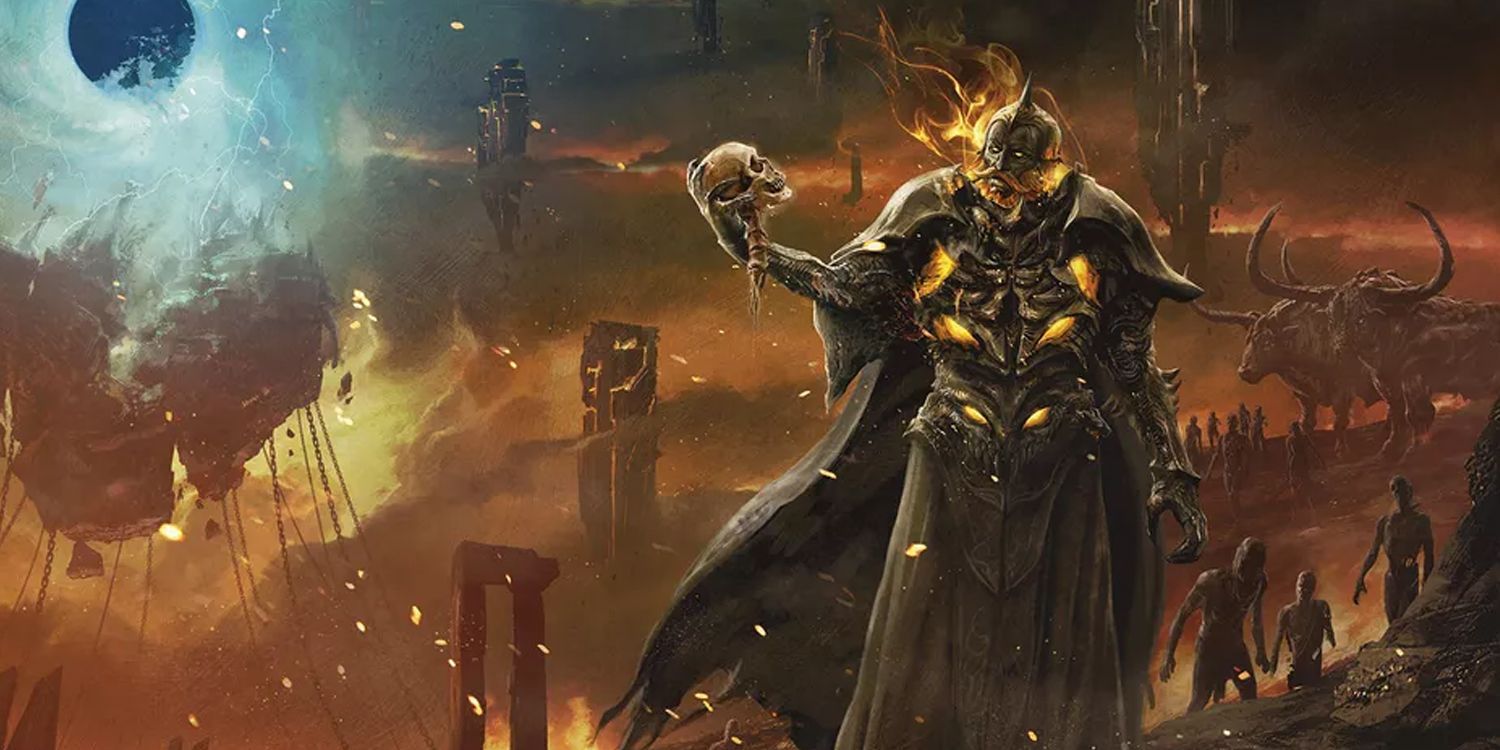Dungeons and Dragons has fueled the imagination of gamers for decades, placing it securely at the top as the most popular tabletop role-playing game in the world. Its success is due to its rich lore, with its vast array of monsters, gods, races, magic, and fantastic settings. Even those unfamiliar with the game recognize many of these elements. Most uninitiated typically know what a dragon is without ever sitting down at the table and understand that they are creatures not to mess around with.
D&D allows players to create vast, fantastic worlds that feel real and lived in, allowing them to immerse themselves as they play. Much of this comes from the familiar elements within the game's lore. Anyone who knows the history of Dungeons and Dragons and how it came to be, knows its creators borrowed heavily from multiple properties and systems that were popular at the time. In fact, a great deal of D&D's lore isn't original or unique. Instead, it either takes directly or is influenced by classic and fantasy literature, world mythologies, cultures, and religions.
10 The Vorpal Blade Comes From Through The Looking Glass
In D&D, vorpal weapons have +3 bonus on attack rolls and ignore a creature's resistance to slashing damage. While this already seems powerful enough on its own, the special ability that gets players cheering with excitement is its ability to automatically decapitate a creature on a critical hit.
The idea of the vorpal sword or blade originally comes from Lewis Carroll's 1871 poem, "Jabberwocky" which is included in Through the Looking-Glass, the sequel to Alice in Wonderland. Alice discovers the poem which describes a hero decapitating the monstrous Jabberwocky with his vorpal blade.
9 The Norse God Tyr Comes From Religious Mythology
The Norse god of war, Tyr, was the son of Odin and Frigga and considered the bravest and noblest member of the Aesir tribe. He lost his right hand after the great wolf, Fenrir, bit it off. In D&D, Tyr left the Norse pantheon after losing prominence among the Norse believers.
He found a new home in Realmspace and Toril in order to gather more followers, giving himself over to the overgod Ao, and becoming the lawful good god of law and justice. He joined with two other good-aligned gods, Illmater and Torm, to form an alliance called The Triad.
8 Halflings Are Essentially Hobbits
While elves and orcs have their origins in ancient western mythology, halflings are relatively new to the fantasy scene having been created by J.R.R. Tolkien in the 20th century for use as his main protagonists in The Hobbit and The Lord of the Rings. Tolkien mostly refers to them as hobbits, but there are a few times when he calls them halflings. They're small, stealthy, peaceful, creatures with a fondness for food and comfort who prove to be as brave or braver than the larger members of other races of Middle Earth.
In D&D, halflings are one of the main races players can choose to be in D&D. Despite their small size, they have some surprising abilities that put them allow them to face off against the same dangers as their larger party members. One of which is their "Lucky" ability that allows them to reroll a natural 1 on a d20 for any attack roll, saving throw, or ability check.
7 Displacer Beasts Come From The Short Story "The Black Destroyer"
Displacer beasts in Dungeons and Dragons are hard creatures to kill. They never suffer full damage when forced to make a saving throw and the aura around them creates an illusion that causes attacks against them to be made at disadvantage.
The physical appearance of the displacer beast was actually influenced by an alien creature called the Coeurl in A.E. van Vogt's 1939 short story, "The Black Destroyer." Like D&D's displacer beast the Coeurl was a large black, feline creature with tentacles protruding from its shoulders.
6 Blade Barrier Comes From Christian And Hebrew Mythology
The 6th level evocation spell, Blade Barrier allows the cleric to create a wall of magically sharpened blades to keep enemies away. This divine spell was actually influenced by Hebrew and Christian mythology.
In the Book of Genesis in the bible, God gives a flaming sword to the cherubim to guard the gates to the Garden of Eden after Adam and Eve are cast out. The bible says the fiery sword flashed about and turned away anyone who came looking for the Tree of Life.
5 Barbarians Comes From Conan
There are few people alive who haven't heard of Conan the Barbarian. Robert E. Howard created his character in 1932 which heavily inspired the sword and sorcery genre. Arnold Schwarzenegger's portrayal of the character in the films of 1980s made Conan a pop culture icon. This popularity inspired the creation of the barbarian class in Dungeons and Dragons.
Like Conan, barbarians in D&D are feral wanderers often with a distrust of magic and sorcery. They rely heavily on strength and are usually played as fearless larger than life warriors wielding larger than life weapons.
4 Ioun Stones Originated In "Dying Earth"
Ioun stones are magical stones created by the god Ioun that orbit the user's head and provide them with whatever special powers are imbued within the stone. In Dungeons and Dragons, these stones are powerful and handy magic items and considered to be highly prized loot after a challenging dungeon crawl.
But, the concept comes directly from Jack Vance's "Dying Earth" series where they are described as being extremely rare and valuable objects cut from the core of neutron stars.
3 The Tarrasque Comes From French Mythology
No creature is as devastating in Dungeons and Dragons as the Tarrasque. Nearly unstoppable and destroying everything in its path, they are D&D's version of the kaiju. In fact, this creature was inspired by a mythological French monster called the Tarasque, which roamed around the forests around the town of Tarascon.
The French version had the head of a lion, the shell of a turtle, the tail of a serpent, and paws like a bear. It was also said to have had poison breath and was tamed by Saint Martha.
2 Rangers Come From Lord Of The Rings
Rangers are some of the most versatile characters in Dungeons and Dragons. They're warriors and spell casters, can survive and thrive in the wilderness, receive bonuses against preferred enemies, and often have powerful animal companions to help them out. Out of all the classes, rangers can function well alone and in a party of adventurers.
The idea of the ranger was inspired by Aragorn from Lord of the Rings, who was also depicted as a versatile character capable of working alone and within the Fellowship. Aragorn was perhaps the most pivotal character of the series and one of the most popular.
1 The Nine Hells Comes From "The Divine Comedy"
The Nine Hells in Dungeons and Dragons are a place of torment as well as the battlefield where demons and devils wage their eternal Blood War. The nine levels grow more terrible the farther one travels downward. Each level has its own horrific geography and ruled by devils all bent on rising higher in the ranks.
This setting was heavily influenced by the first part of Dante Alighieri's poem, "The Divine Comedy" where Dante describes his journey through the nine circles of Hell, led by the Roman poet, Virgil. In the poem, each circle represents specific, sins and the deeper one goes the worse the sins are.

